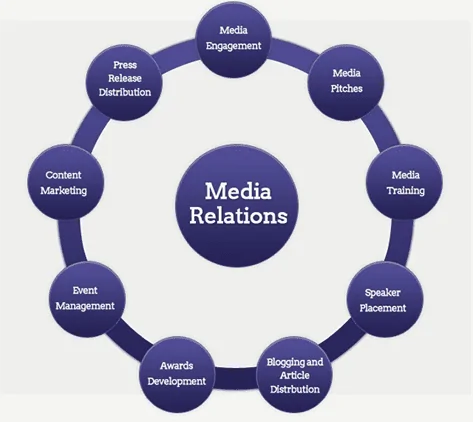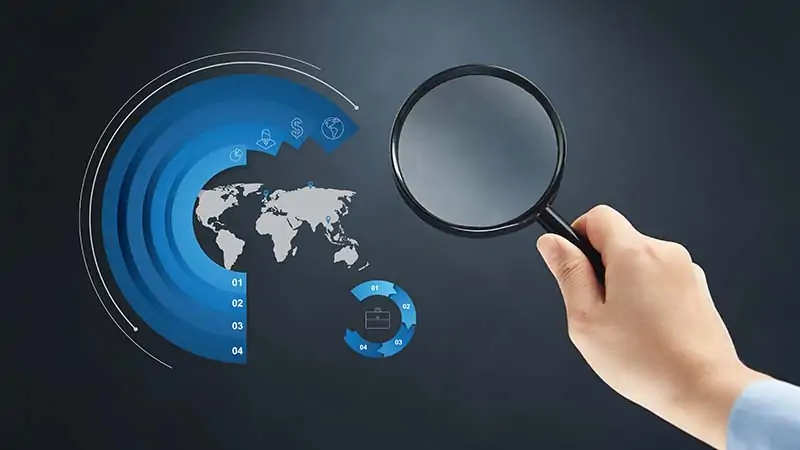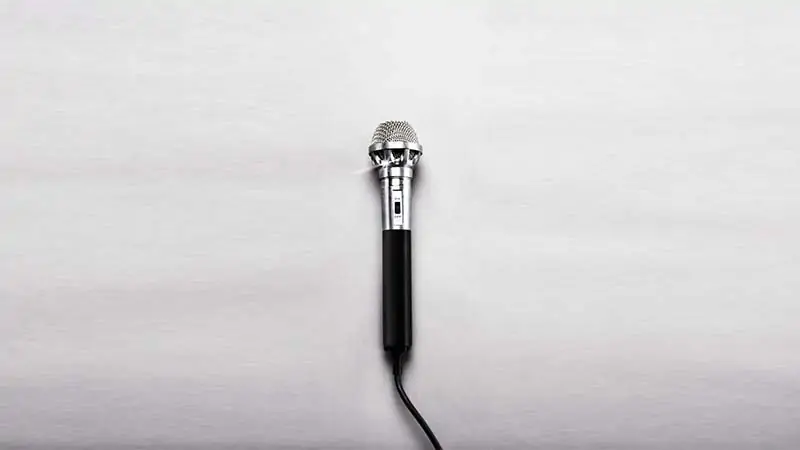Meaning of Media Relations.

Media Relations: Media relations mean a positive effort towards maintaining a good rapport with the media person, in the press and electronic media and gaining their confidence.
Maintaining good relations with media is one of the most vital aspects of effective public relations.
Media contributes in the building of public opinion. It is thus imperative for the PR professional to develop sound relations with the media. Good media relations, Scott H.Cutlip says, “are earned through honest and helpful news service provided in an atmosphere of mutual respect and candor.
Also read | Role of the Language and Sign/Symbol in the Communication.
Media is a tool or weapon for the PR practitioner. Through media, the PR person can provide information to the target public’s. It is impossible for any public relations practitioner to reach the target audience without the help of a media.
Selection of the medium for disseminating any message depends on various factors like:
- The receivers or the public’s.
- The place of the receivers.
- The content of the message.
- Educational and socio-economic background of the receivers.
- The budget available.
- Medium that can communicate the message effectively
Message and media are crucial parts of Public Relations. They are inseparable. It impossible to imagine the utility of even a highly sophisticated medium in the absence of any message to communicate.
Also read | The Functions of Communication by Harold Lasswell.
Media Classification:
On the basis of their appeal to the human sensory organs, the media can be classified as
- Visual media that appeal to the eye,
- Audio media that reach the ear, and
- Audio-visual that appeal to both the eye and the ear.
Visual Media include newspapers, magazines, pictures, cartoons and books. Message is received with the help of the eye in these mediums. Audio Media include radio and audio tapes.
Message is received through the ear. Audio-Visual Media include television and cinema. Message is received through the ear and eye.
Also read | Confidentiality and Synchronization.
Mass Media:
There are three types of communications:
- Person-to-person communication,
- Group communication, and
- Mass communication.
Person-to-person communication or oral communication: It happens when two individuals talk to each other face-to-face. It was the only form of communication when there were no means of modern communication.
Group Communication:
It happens in a conference, meeting and a gathering. It can be formal as well as informal. The source variables determine the kind of effect that group communication has. If the group is large, the exchange will be less personal.
Also read | Main Features of Democratic Decentralization.
Mass Communication:
It happens when we use a medium to communicate to a vast heterogeneous mass of the population living in wide and extensive areas of a country.
Another feature of mass media is that it is based on the idea of mass production and mass distribution.
The President’s broadcast to the nation on the eve of the Republic Day over All India Radio and Doordarshan is an example of mass communication. The mass media include newspapers, magazines, radio, television and films.




